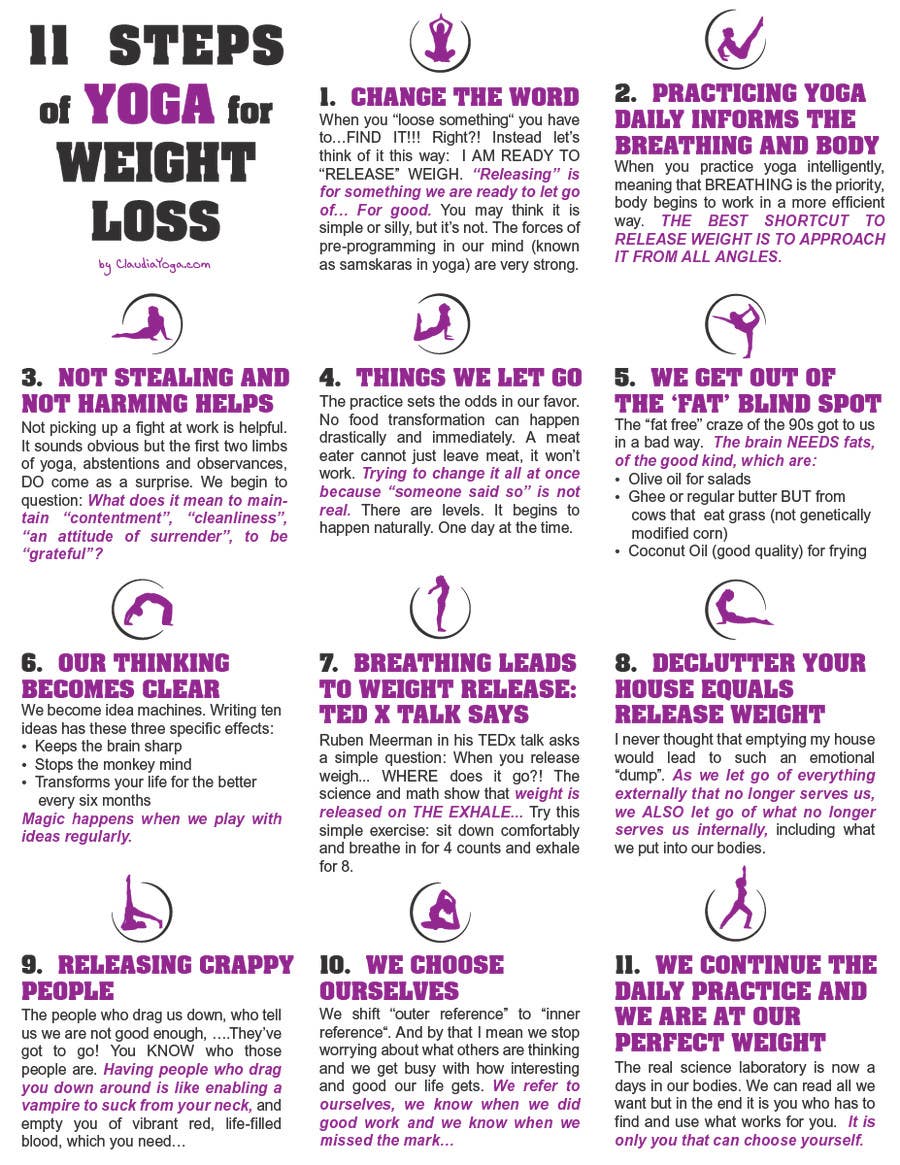Understanding The Cold Laser Technique
Understanding The Cold Laser Technique
Blog Article
What to Expect Throughout a Cold Laser Method Session
Cold laser treatment is a non-invasive, pain-free treatment that helps reduce swelling and boosts cell regrowth. It is a secure alternative to intrusive treatments and typically has prompt results.
Laser photons launch a chain reaction of chain reactions within the cell that minimize pain, swelling, and speed up healing. It boosts blood circulation to the location by inducing vasodilation.
What to Anticipate
Cold laser therapy is a non-invasive therapy that makes use of low-level laser light to permeate deep into hurt tissues, activating cell function on several degrees to promote cells healing. This helps in reducing pain and swelling, while advertising muscle contractions and regrowth.
During a session, you'll rest or lie down easily and the practitioner will certainly note the areas on your body that demand to be treated. The professional after that applies a tiny handheld gadget with the laser to the location. During the therapy, you might feel a minor tingling or warmth in the location of your injury.
Before beginning therapy, it is essential to cleanse the location of your injury and eliminate any kind of jewelry or other things that could obstruct of the laser's path. It's also vital to avoid any kind of flammable materials that could be in the location of the laser beam. This will ensure your safety and security and the effectiveness of the treatment.
Prep work
Cold laser treatment works by shining light externally of your skin. The light is soaked up by the top layer of your skin and after that promotes the cells to generate energy that promotes healing.
Throughout the therapy, you may feel a warm or prickling experience in the area that is being treated. This is totally regular, though you need to let the specialist understand if the experience is uncomfortable or too strong.
This treatment has a great deal of assurance for helping clients with distressing mind injury (TBI). The therapy is non-invasive and does not have any type of unfavorable adverse effects. Nonetheless, even more study is needed to determine the ideal therapy method. The most effective means to find out if you are a candidate for this type of therapy is to talk to an experienced physical therapist. They will have the ability to help you identify if cool laser treatment is right for you.
The Treatment
When the professional has actually effectively positioned you for therapy, they will after that put the cool laser tool on the damaged area. They might maintain it on for 30 seconds or longer, depending upon the dimension of the injury and its level of sensitivity. They will certainly use safety safety glasses to guarantee that the laser does not directly strike the eyes, and they will certainly ensure that you are safeguarded from any glow that can occur.
You might feel a slight prickling sensation on the area that is being treated, but it will not be undesirable or uncomfortable. This is an indicator that the laser is functioning to boost the recovery process in the affected tissue.
Many individuals experience discomfort alleviation within a couple of sessions, with some seeing lasting results even after several months of treatments. It is essential to keep in mind that LLLT is not indicated as a single therapy for any kind of persistent discomfort problem and it need to be paired with other therapeutic techniques in order to achieve maximum results.
Post-Treatment
After you rest or rest, the professional will certainly make use of a stick with a collection of light-emitting diodes to target your discomfort website. You will certainly use safety eye goggles, and the laser may be held on your skin for 30 cold laser to 60 seconds. You may feel a gentle, soothing sensation throughout the therapy.
The photons from the laser pass through deep right into your cells, activating a recovery action on a cellular level. Unlike other forms of laser therapy, this low-intensity approach does not develop warmth.
Some research studies have actually shown that cold laser therapy works in dealing with a variety of problems, including chronic pain and injuries. Nonetheless, it is much less commonly accepted as a common medical practice, and it isn't covered by many health insurance strategies. In addition, it is not suggested to be utilized over any suspicious malignant sores or carcinomas or on pregnant women. You need to constantly talk to your oncologist before pursuing this kind of treatment.